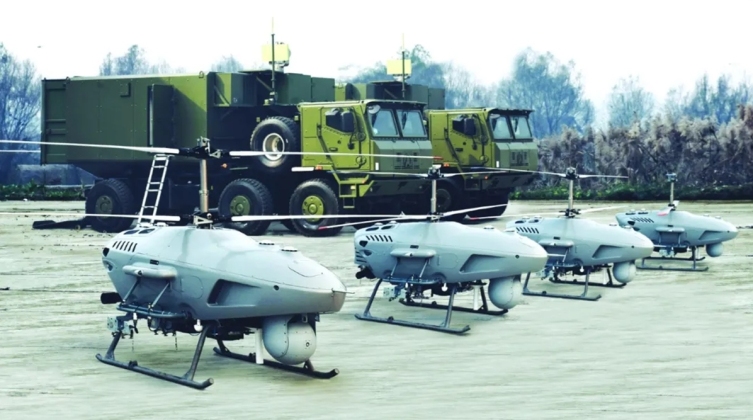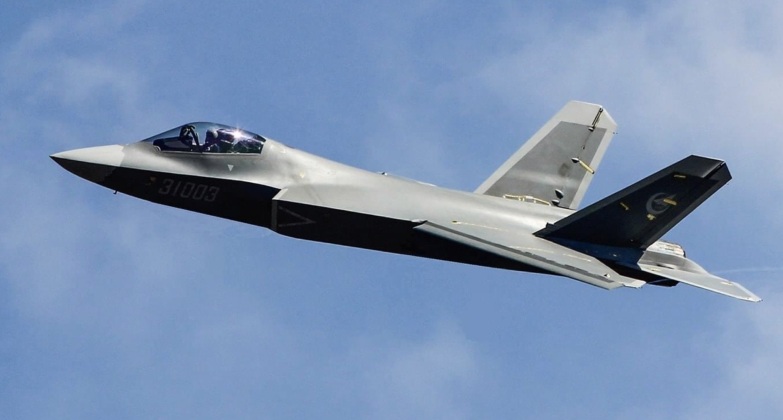News
Saudi Arabia in Talks to Acquire Chinese J-10C Fighters, Drones and Air Defences – Reports
Saudi Arabia and China are reportedly in talks over the potential sale of Chengdu J-10C fighter jets to the Middle Eastern Kingdom, according to a report from the Tactical Report intelligence service. Riyadh is reportedly also interested in acquiring other Chinese equipment including the Sky Saker FX80 truck-launched unmanned drone, the CR500 vertical take-off and landing (VTOL) drone, the Cruise Dragon 5 and 10 loitering munitions, and the HQ-17 short-range air defence system. These reports come as Riyadh has continued to comprehensively strengthen strategic ties with Beijing, including moves towards selling its oil in Yuan, extensive use of Huawei 5G infrastructure in its telecommunications networks, and initiation in 2022 of a project to jointly develop a drone factory to meet Saudi defence needs. Facing threats from the United States and its Western partners to impose arms embargoes, and high pressure to alter its oil production policies to facilitate cheaper oil sales to the Western world, Saudi officials have consistently warned any embargo could be quickly responded to with acquisitions of Chinese equipment. As the world’s largest arms importer, loss of this crucial market could be a major blow to Western defence industry interests, and a major landmark in China’s gradual emergence as a leading arms exporter.

China is increasingly expected to fast expand its arms export portfolio as the country has over the past decade largely bridged performance gaps with the United States and Russia in the capabilities of its military equipment, which are also considered among the most price competitive in the world. China acquires fighters for its own air force at a much greater rate than any other country, while the country’s defence sector is the second largest only to that of the United States with the discrepancy largely accounted for by America’s much larger export profile. A key landmark in China’s emergence as a qualitatively top level arms supplier was its development of the J-20 fighter, which was first delivered to the Air Force in 2016 and which has advanced fifth generation stealth capabilities and avionics rivalled only by those of the American F-35. The J-10C is a ‘4+ generation’ fighter which entered service in 2018, and which has been produced on a very large scale both for Chinese needs and from 2021 for export to Pakistan as well. The fighter benefitted considerable from technologies developed for the J-10 including its composite materials, avionics and access to the same weapons types.

The J-10C is considered a close contender with the F-35 for the title of the world’s most capable single engine fighter, and although lacking the F-35’s advanced stealth capabilities it benefits from far higher availability rates, lower maintenance needs, greater reliability, and access to superior classes of air to air missile for both visual and beyond visual range engagements. The fighter has been a very strong performer in exercises winning comfortable victories over aircraft twice its size such as the J-16 and Russian Su-35 in simulated engagements. J-10Cs could potentially replace the near obsolete European supplied Tornado aircraft which are scheduled for retirement before the end of the decade. Saudi Arabia has also been widely reported to have shown a strong interest in acquiring Chinese FC-31 fighters – a fifth generation aircraft lighter than the J-20 which is expected to enter service around the middle of the decade and potentially begin replace its fleet of U.S.-supplied F-15s acquired in the 1980s. Saudi interest in Chinese aircraft comes after the United Arab Emirates ordered Chinese L-15 fighter-trainers in 2021, which also marked what was seen as the beginning of a move away from reliance on Western countries for security as strategic ties to Beijing continued to be strengthened. Like the J-10Cs built for Pakistan, these could be delivered within a fraction of the time that Western producers take to supply equivalent hardware due to China’s more substantial industrial capacity.












